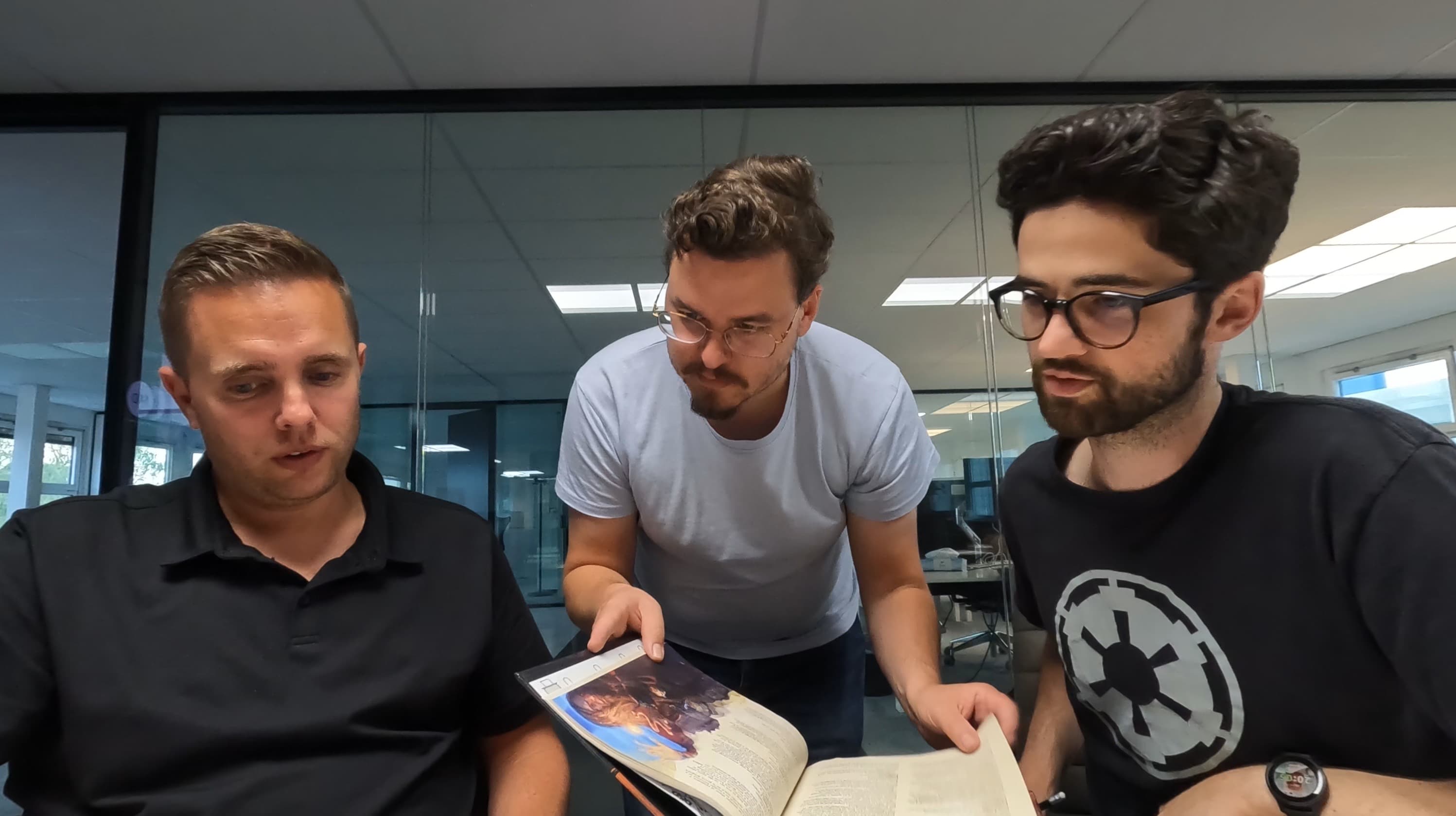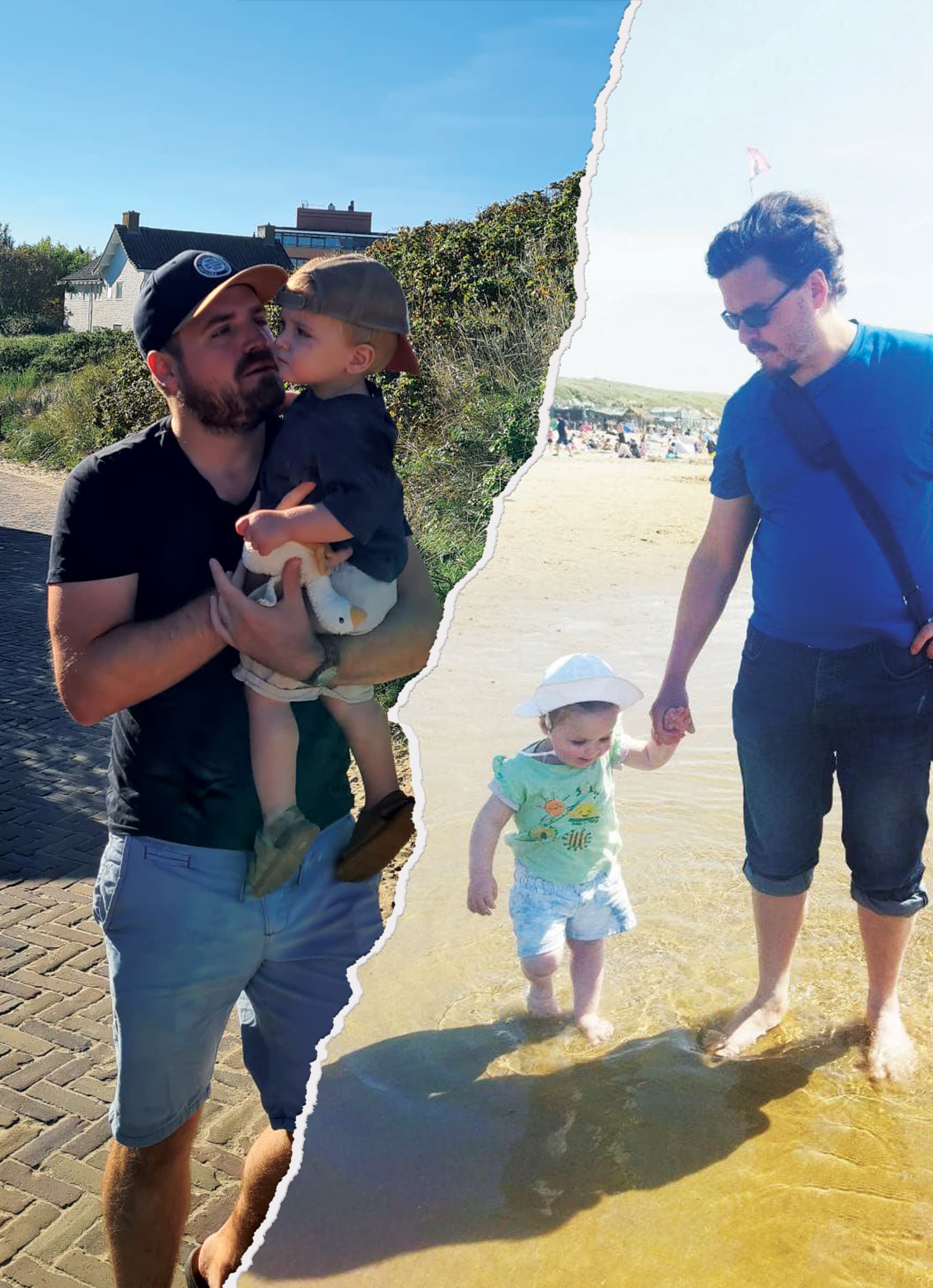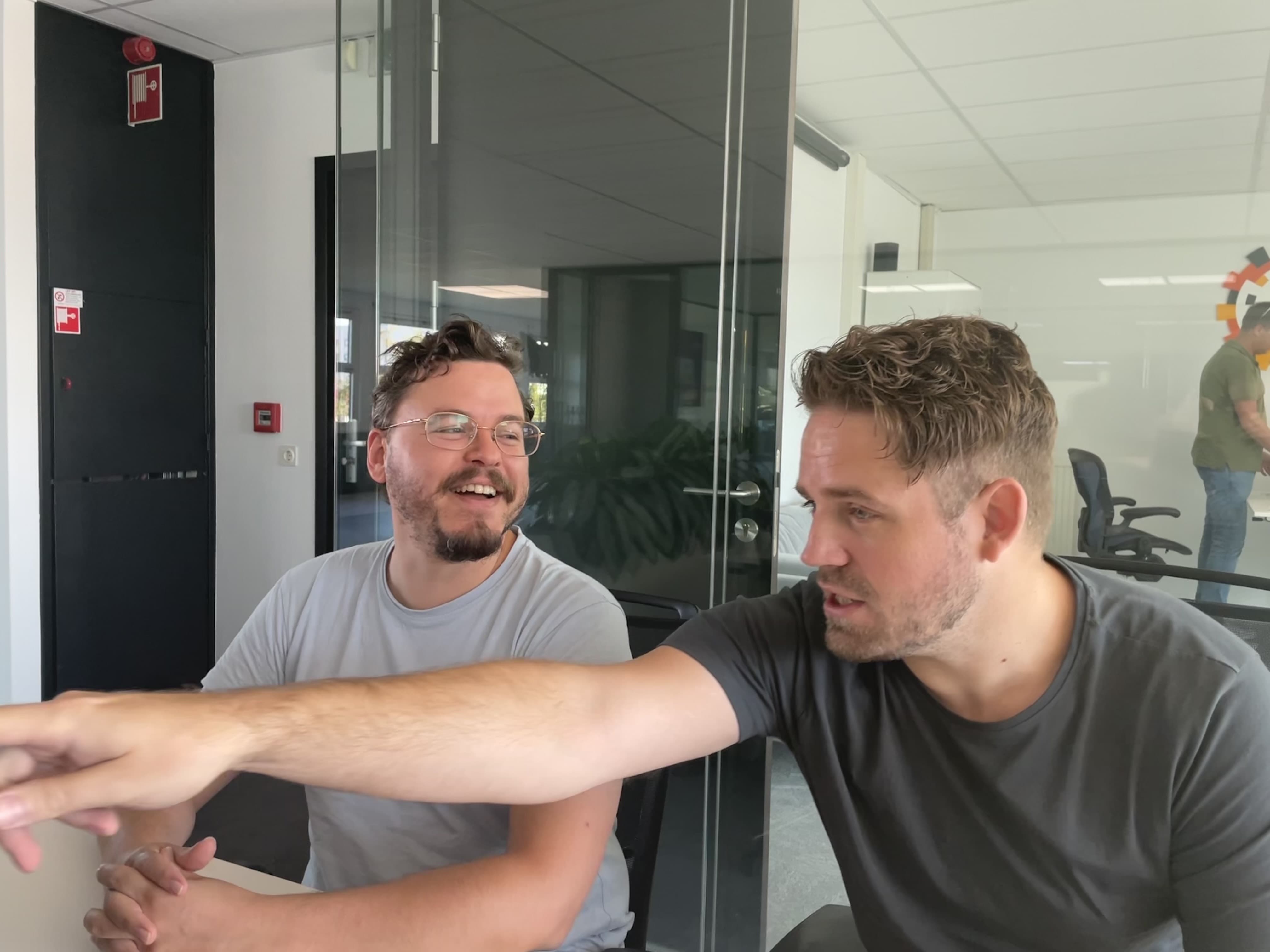


Starting at a new customer, how was that for you?
Jordy: When we start at a new customer, we often start with a Proof of Concept (PoC). We did the same for our current customer. The goal of this PoC was to show the customer the advantages of working in the cloud and how to build a highly available and resilient infrastructure. We did that by taking a piece of the infrastructure and migrating it to the cloud. Based on the outcome of the PoC the customer decided to extend the collaboration.
The PoC was already being built by The Factory when Richard and I joined. So, I started in the middle of a PoC. I could only be amazed and even a bit intimidated by the stuff already built. What I could appreciate was that it was okay to ask all my questions. Because of that I was able to contribute to the PoC.
Richard: I started a month later than Jordy. By then the PoC was in its final stage. As I only had on premise experience, it was quite a challenge to jump on the fast-moving train. Though I did have a lot of experience getting quickly up to speed with running projects and new technologies, and because of that experience, it was challenging in a good way. I was not familiar with Terraform and Ansible yet, but I was familiar with PRTG, a monitoring application. PRTG is heavily used in the business of the customer, they look at this tool literally 24/7. So, this was a point where I could contribute.
What did you learn during the PoC phase?
Jordy: So, I started just a bit earlier than Richard and was working with the CTO of The Factory, Mike, from whom I learned a lot in a short time. Then Richard joined the team, and I could help him with Terraform.
Richard: Besides learning Terraform and Ansible, we made a lot of progress together as we were good sparring partners for each other. In this way we could really get the best out of each other. We both have experience with and a desire for automating.
What is the advantage for the customer when deploying with IaC?
Jordy: This is why I wanted to work at The Factory. I did not want to do ClickOps anymore. I wanted to be able to give the customer a platform which they can rely on, and which can be used to speed up. To really accelerate their business.
At the moment we are already able to deploy faster, as we can reuse our code! This is what gives the customer trust in our way of working.
What is the current IT infrastructure for the customer?
Richard: At the moment it is still a hybrid environment. We can see that the cloud journey is exactly what they need! Though what is important is that the customer starts to recognize the importance and added value for their business.
The PoC we built made them see the importance of migrating to the cloud.
1. They saw that we can patch services during the day in their environment.
2. They noticed that we look at the IT environment in another way, which gives them new insights.
3. During the PoC, we fixed some network issues which were already there for a long time. This accumulation of insights and actions from our side made them realize what the advantages really are. They see and feel now that they can trust us and we are good at what we do.
To answer the question, we are on our way forward to further migrate to the cloud, because of this realization.
How awesome is it, what you are doing?
Jordy: “Super gaaf”! It feels like we’ve been released into the wild. So many different components are being touched upon, Windows, Linux and lots of applications. Pretty much all the Azure services on offer could be used by our customer.
It is awesome that we can operate in such a dynamic environment.
What do we talk about if we do not talk about work?
Richard: Dungeons and Dragons, google it😉. It’s a fantasy adventure you experience in a group using your imagination, like if you were playing in The Lord of the Rings or The Hobbit.
I’ll be running a short adventure for The Factory soon, I think 8 to 10 colleagues are interested.
Where does this interest come from?
Richard: I love reading and stories. There are books where you can choose your own adventure. So, you have a choice in the story, for example I’m going to fight, run away or talk. Dungeons and Dragons is like that, except you’re making a story together.
Jordy: I have a son now, who’s 19 months old. So I have my hands full. But if I would have a weekend alone I would go Simracing.… But I’d rather have my partner and son with me!
